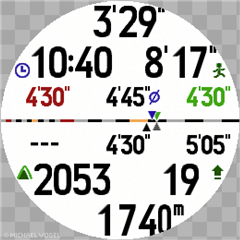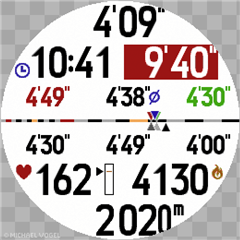I am using a self written data field for years but as my eyes getting older I renewed it and have produced a polished prg (without using eclipse/visual studio/app store) file with enlarged fonts. It works fine within the simulator (IQ 4.3.1) but when copying the file to the Garmin\Apps nothing happens. The log file on the watch says "Signature check failed on file..." and so the data field is ignored.
What can I do now?





